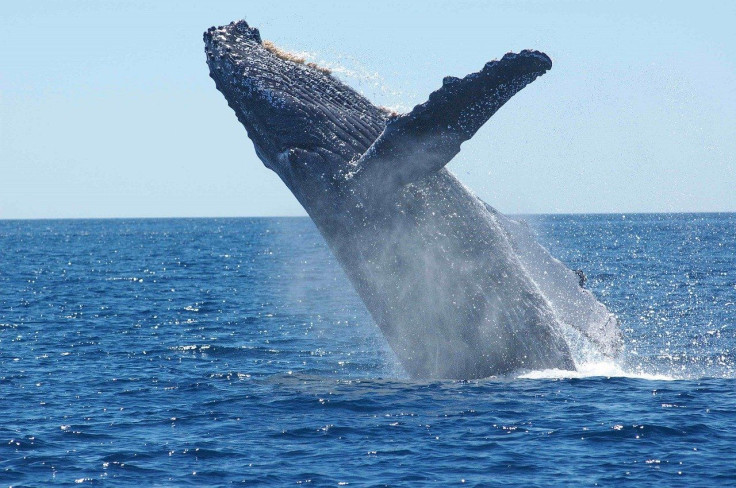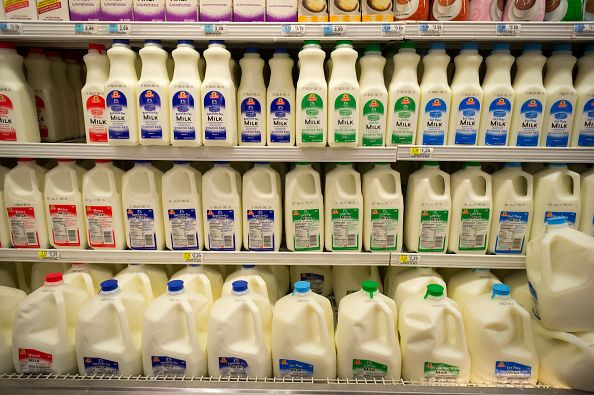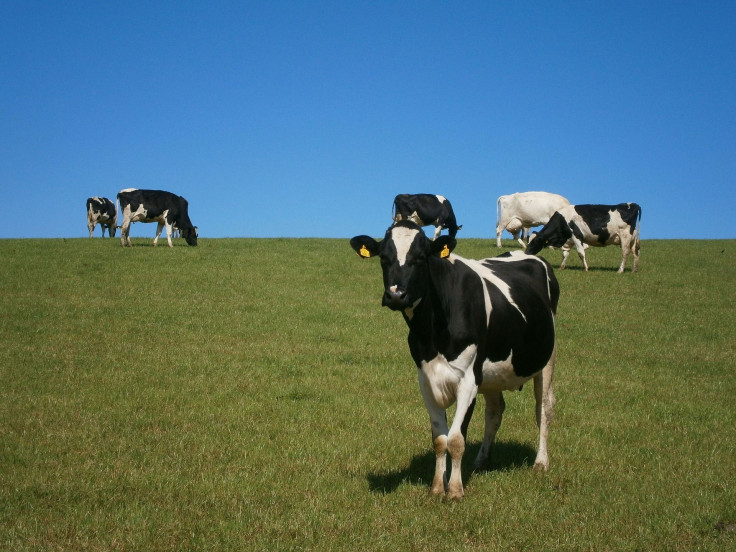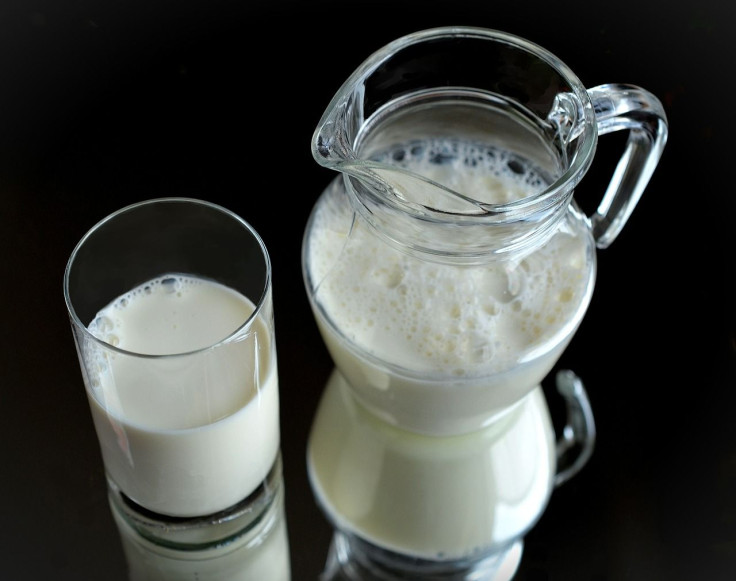World Milk Day 2021: 12 Weird Facts You'd Be Surprised To Know
KEY POINTS
- Babies can occasionally produce milk too
- The largest producer of milk is the humpback whale
- Cows like listening to slow music
World Milk Day 2021 falls on the first day of June of each year and celebrates the dairy delicacy that has become one of the most important beverages on the planet.
This World Milk Day, discover some weird facts about milk, courtesy of Listverse, Spoon University and the Food and Agriculture Organization of the United Nations (FAO):
The largest producer of milk is the humpback whale.
Research has found that each humpback whale produces about 1,000 pounds of milk per day. The milk it makes has a consistency similar to toothpaste since it consists of 42% fat and twice the amount of protein in mammals' milk.

Birds can produce milk too.
A few birds are able to produce milk, just like mammals. Pigeons, for example, produce a thick, milk-like substance for their young and it is made inside their esophagus.
The United States is the leading producer of milk.
The United States alone produces about 91.27 million metric tons of milk from cows, with California being the top producing state.
Milk is a great hangover cure.
The B vitamins present in milk help to combat alcohol. Alcohol is a diuretic, which causes one's body to lose a lot of nutrients, resulting in a hangover. Riboflavin, which is present in milk, can significantly help in metabolizing alcohol in the system.
There is a reason why milk is placed at the back of the store.
A cow's milk needs to stay nice and frosty to prevent it from getting spoiled. Once the milk is dropped off at the grocery store, staff make sure that it is stored in a cold room. This is why the dairy section is placed close to this cold room.

Mothers produce different milk for girls and boys.
A study has found that mothers produce 35 percent more fat in their milk when they are breastfeeding their sons. When mothers breastfeed their daughters, on the other hand, their milk would be higher in calcium.
A 250 ml glass of milk is packed with nutrients.
A 5-6-year-old child can get a variety of nutrients just by drinking a glass of whole milk. According to FAO, one glass contains 48% of protein requirements, key micro-nutrients and 9% of calories.
Cows like slow jams.
A 2001 study by researchers at the University of Leicester found that Lou Reed's "Perfect Day" puts cows in the mood to make more milk. According to its researchers, songs with less than 100 beats per minute can increase milk production by 3%.

Skim milk is not the healthier option.
Fat-containing milk has been found to be needed by the body to be able to absorb nutrients. Vitamins D, E and A are fat-soluble vitamins and can be absorbed easier by the body with the help of fat.
Adding milk to coffee prevents bone loss.
Adding milk to your coffee can prevent your body from losing too much calcium -- a mineral needed by our body to maintain overall good bone health.
Human babies can make milk.
Occasionally, babies can produce milk. This is called "Witch's Milk" and it happens about three days after the infant is born. During this process, the baby's nipples swell up and leak a white fluid.
Not everyone can digest milk.
Sixty percent of adults stop producing lactase by the time they stop drinking their mother's milk. Without a steady supply of lactase, they become lactose intolerant and unable to digest milk without feeling nauseated.

© Copyright IBTimes 2025. All rights reserved.





















